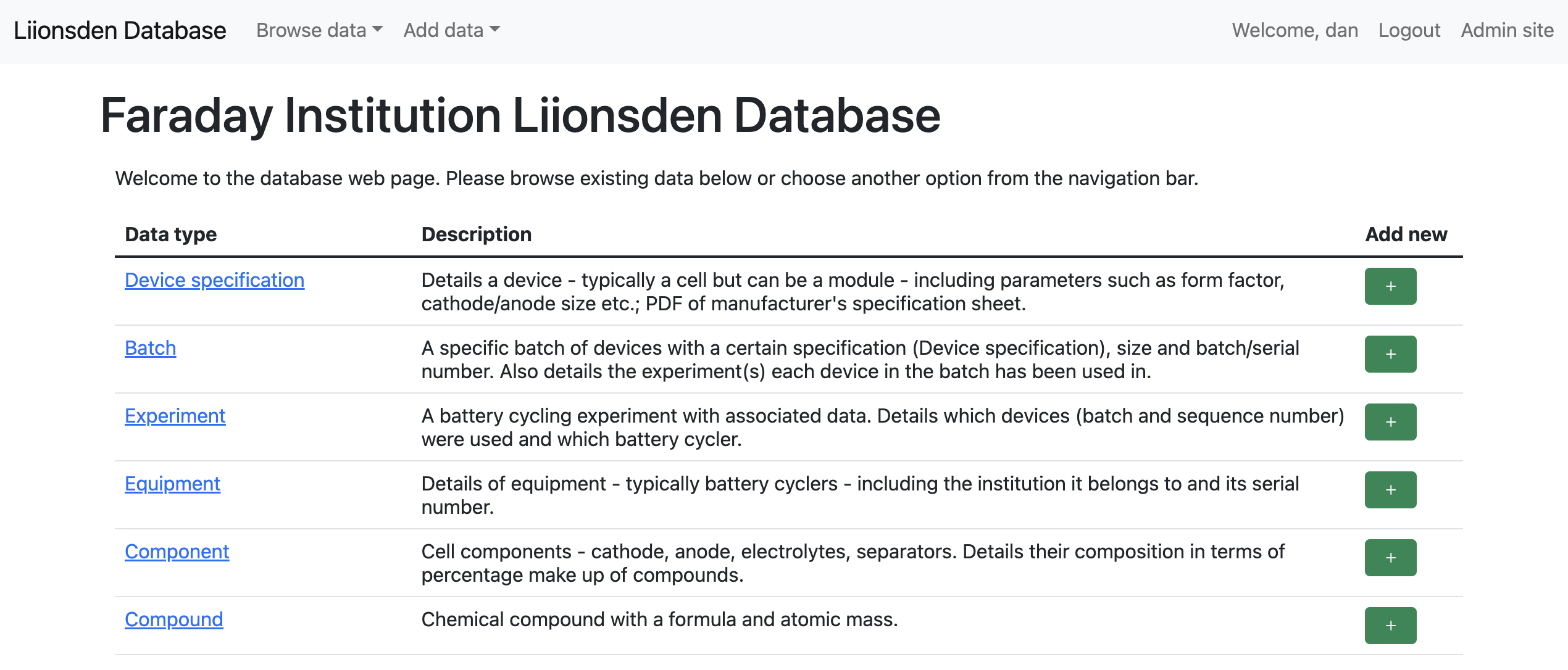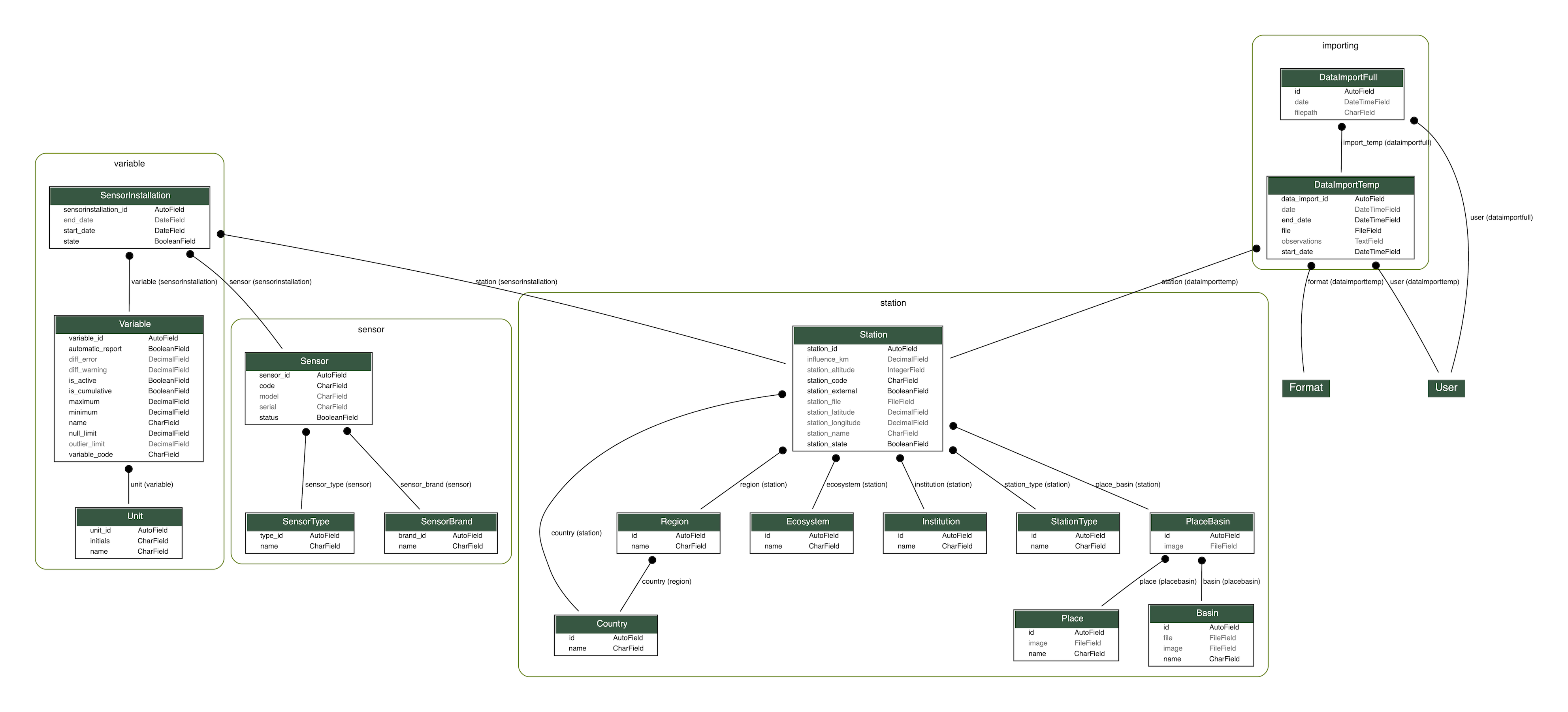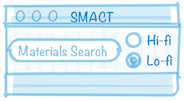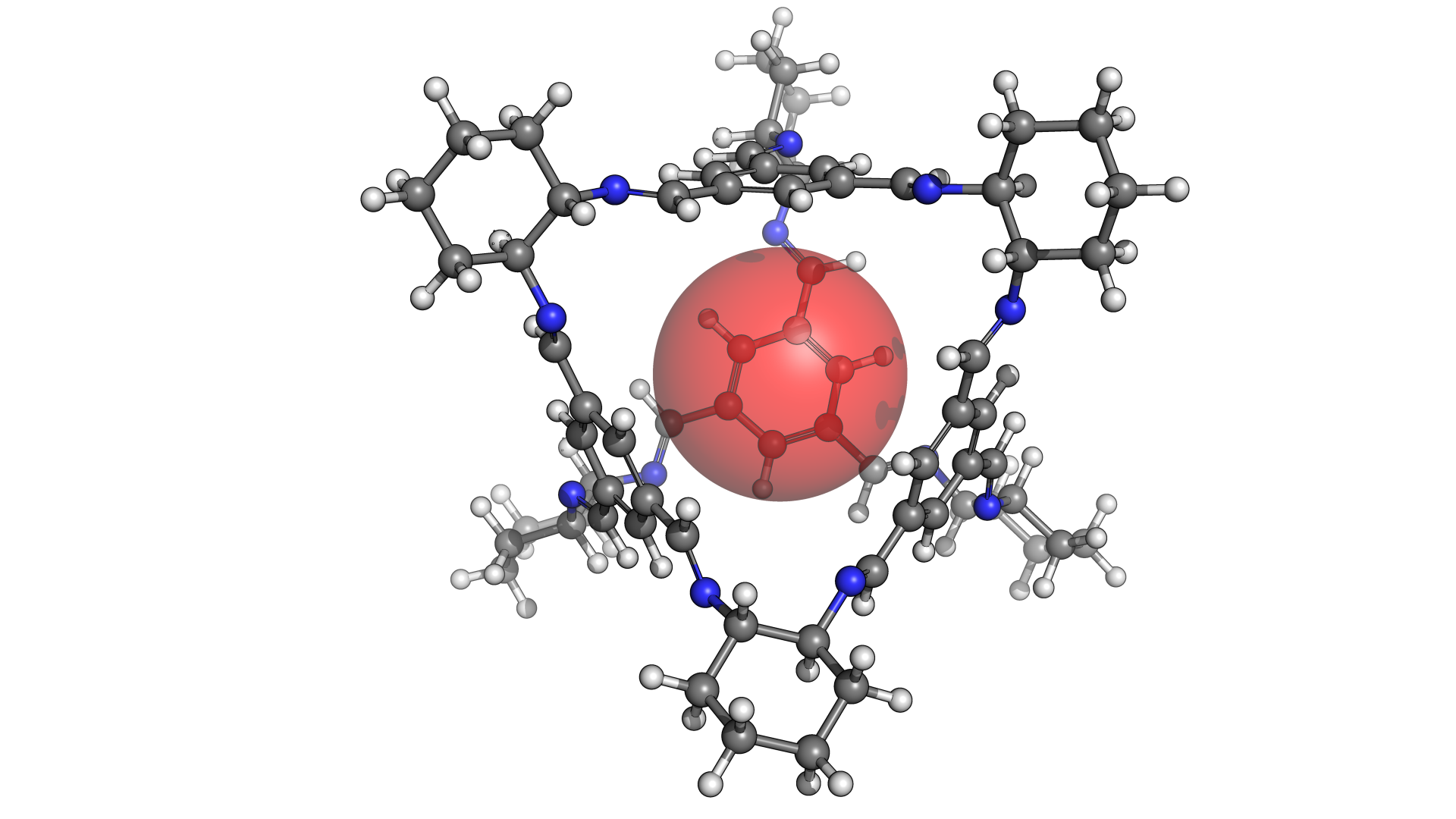Liionsden: Webapp for the Analysis of Li-ion Battery Materials
A Django webapp to parse and store battery cycler data and metadata

A Django webapp to parse and store battery cycler data and metadata

A Django webapp to manage hydroclimatic time-series data

Python package for cheap screening of inorganic compounds and compositions

Dash Apps for sharing interactive versions of trained machine learning models in the domain of chemistry

A package to assist with reliable and systematic calcualtions of surface properties

A simplified analysis and plotting workflow for thermoelectric properties

Published in Chem, 2016
This is the first paper using SMACT. We enumerated all 2- 3- and 4-component ingorganic compositions up to a stoichiometric limit of 8.
Recommended citation: D W Davies et al. "Computational Screening of All Stochiometric Inorganic Materials." Chem, 1 (2016).
Published in Chemical Science, 2018
In this study we use compositional screening, along with techniques based on structural analogy and global searches (evolutionary algorithms) to identify new three-component semiconductors.
Recommended citation: D W Davies et al. "Computer-aided design of metal chalcohalide semiconductors: from chemical composition to crystal structure." Chem. Sci., 9 (2018).
Published in Faraday Discussions, 2018
General discussion that followed presentation of our work on oxidation states at an RSC Faraday Discussions meeting on structure prediction.
Recommended citation: V Burger et al. "Applications of crystal structure prediction–inorganic and network structures: general discussion." Faraday Discuss., 211 (2018).
Published in Faraday Discussions, 2018
In this study, we investigate the likelihood that transition metals adopt specific oxidation states based on the anions present in the material. We then use this information predictively to suggest a range of novel ternary metal halide compounds.
Recommended citation: D W Davies et al. "Materials Discovery by Chemical Analogy: Role of Oxidation States in Structure Prediction." Faradau Discuss., 211 (2018).
Published in Nature, 2018
Our perspective summarising exciting progress in machine learning for the chemical sciences.
Recommended citation: K T Butler, D W Davies, H Cartwright, O Isayev and A Walsh. "Machine Learning for Molecular and Materials Science" Nature, 559 (2018).
Published in Chemistry of Materials, 2019
A computational sift through over 1 million hypothetical compounds to identify new quaternary oxides.
Recommended citation: D W Davies, K T Butler and A Walsh. "Data-driven Discovery of Photoactive Quaternary Oxides using First-principles Machine Learning" Chem. Mater., 31 (2019).
Published in Chemistry of Materials, 2019
We demonstrate a compact machine learning representation based on group theory for tilted and distorted octahedral crystal structures.
Recommended citation: K. Morita et al, "Breaking the Aristotype: Featurization of Polyhedral Distortions in Perovskite Crystals" Chem. Mater., 34 (2022).
Published in Journal of Open Source Software, 2019
An open-source code for generating and evaluating large inorganic composition spaces.
Recommended citation: D W Davies et al., "SMACT: Semiconducting Materials by Analogy and Chemical Theory" JOSS, 4 (2019).
Published in Journal of Physical Chemistry C, 2019
A joint experimental – computational study in which In 5s lone pairs are identified for the first time on the surface of indium oxide.
Recommended citation: D W Davies et al., "Identification of Lone-Pair Surface States on Indium Oxide" J. Phys. Chem. C, 123 (2019).
Published in Journal of Physical Chemistry C, 2019
We apply two machine learning models (support vector regression and deep neural networks) to the challenge of predicting dielectric properties of inorganic materials.
Recommended citation: K Morita, D W Davies, K T Butler and A Walsh, "Modelling the Dielectric Constants of Crystals Using Machine Learning" J. Chem. Phys., 153 (2020).
Published in IOP SciNotes, 2020
In this study, we present practical procedures for using simple descriptors relating to the electrostatics (Madelung energy) and electronic structure (density of states) to help predict the redox activity of anions in inorganic compounds.
Recommended citation: D W Davies, B J Morgan, D O Scanlon and A Walsh, "Low-cost descriptors of electrostatic and electronic contributions to anion redox activity in batteries" IOP SciNotes, 1 (2020).
Published in Journal of Materials Chemistry A, 2020
Working with experimental researchers at Imperial College London, we investigate the dependence of band gap on the value of x in Cs2Ag(SbxBi1−x)Br6.
Recommended citation: Z Li et al., "Bandgap lowering in mixed alloys of Cs2Ag(SbxBi1−x)Br6 double perovskite thin films" J. Mater. Chem. A, 8 (2020).
Published in Journal of Open Source Software, 2021
An open-source code for preparing and analysing first-principles surface calculations.
Recommended citation: K. Brlec, D. W. Davies and D. O. Scanlon, "Surfaxe: Systematic Surface Calculations" JOSS, 6 (2021).
Published in Physical Review Materials, 2021
We demonstrate a first-principles scheme for modeling the electronic conductivity of nominally insulating materials, such as solid electrolytes for lithium-metal batteries.
Recommended citation: A. G. Squires et al., "Low Electronic Conductivity of Li7La3Zr2O12 (LLZO) Solid Electrolytes from First Principles" Phys. Rev. Mater., 6 (2021).
Published in Journal of Materials Chemistry C, 2022
Working with experimental researchers from Southampton Unversity, we investigate the relationship between stability and the thermodynamic and vibrational properties of several Ba-containing layered materials.
Recommended citation: G. J. Limburn et al., "Investigation of factors affecting the stability of compounds formed by isovalent substitution in layered oxychalcogenides, leading to identification of Ba3Sc2O5Cu2Se2, Ba3Y2O5Cu2S2, Ba3Sc2O5Ag2Se2 and Ba3In2O5Ag2Se2" J. Mater. Chem. C, 10 (2022).
Published:
A small workshop at SNU, with delegates also from Yonsei University and Ewha Women’s University.
Published:
My first talk at an international conference could not have been in a more beautiful location.
Published:
Presented work relating to our Chem paper on screening all inorganic materials.
Published:
I won the prize for best use of machine learning. You can read the write up on the University of Bath HPC pages here.
Published:
Slides available here.
Published:
Invited talk at workshop between Materials Science departments of various universities in Seoul, hosted at Yonsei University.
Published:
Departmental seminar, hosted by Dr Piero Canepa.
Published:
Departmental seminar given at A*STAR, Singapore.
Published:
Presented at the 14th Royal Society of Chemistry (RSC) Materials Chemistry conference.
Published:
Slides available here.
Published:
Slides available here.
Published:
Slides available here.
Published:
Slides available here.
Published:
UCL Department of Chemistry Seminar.
Published:
Recorded presentation available here.
Undergraduate course, University of Bath, Chemistry, 2014
Lab demonstrating during my time as a PhD student involved helping first and second year undergraduates get to grips with compchem fundamental such as geometry relaxation and forcefields.
Undergraduate course, University of Bath, Chemistry, 2015
Throughout my time as a PhD student, I enjoyed taking small group tutorials and problem classes to reinforce lecture content.
Postgraduate course, Yonsei University, Materials Science and Engineering, 2016
I spent the Easter period of 2016, 2017 and 2019 at Yonsei University, giving postraduate lectures and workshops on computational investigation into energy materials.
Postgraduate course, University of Bath, Physics and Chemistry, 2018
Towards the end of my time as a PhD student in Bath I helped to deliver workshops on the role of data and databases in materials discovery.
Specialised tutorials, Various conferences, 2019
I have had the opportunity to give tutorial talks at various international conferences, including CECAM workshops and MRS Meetings.
Undergraduate course, University College London, Chemistry, 2020
At UCL I was involved in a new course which aimed to get final year chemistry students familiar with the rudiments of Python.
Graduate course, Imperial College London Graduate School, 2021
As part of my role in the Research Software Engineering Team at Imperial College London, I deliver a course on software engineering best practices for researchers.
Graduate course, Imperial College London Graduate School, 2021
As part of my role in the Research Software Engineering Team at Imperial College London, I deliver a course on using Git and Github to graduate students.